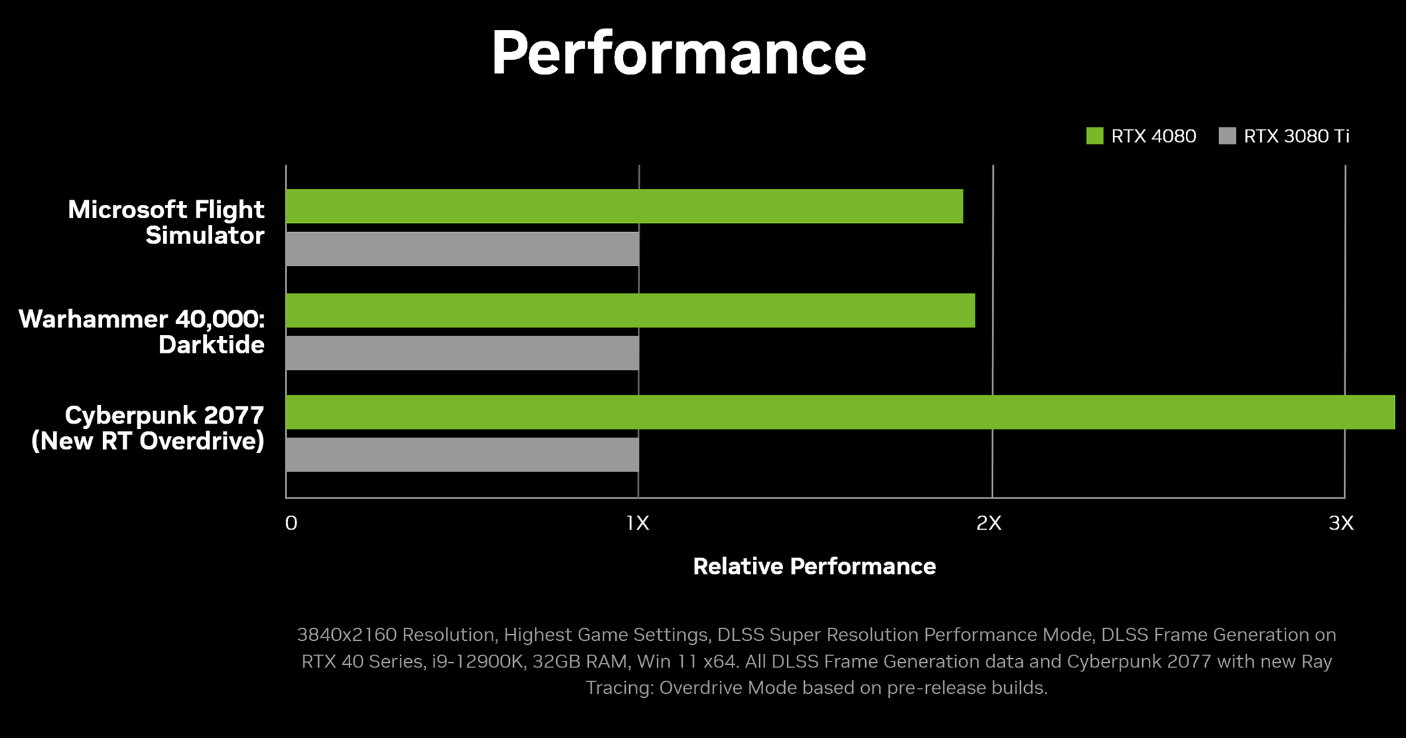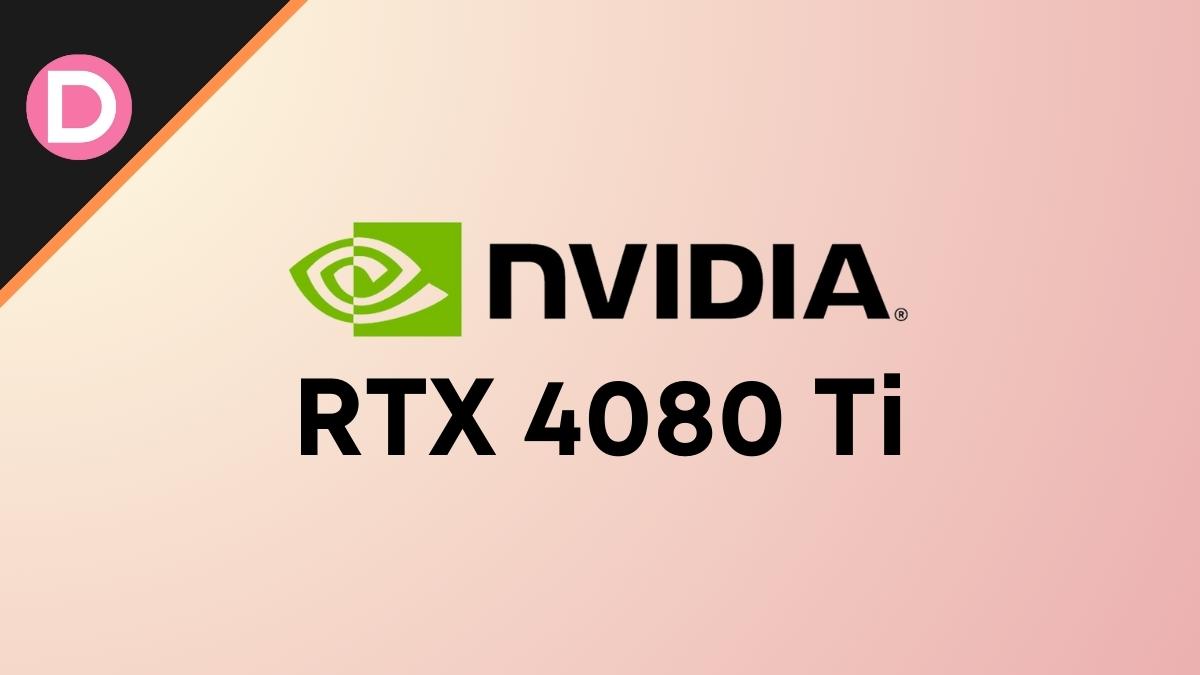NVIDIA continues to set the bar higher regarding processing speed, power efficiency, and features for graphics processing units. The company’s next big launch, the GeForce RTX 4080 Ti, is getting closer and closer. This release is historic because it will begin the advent of the last Ada Lovelace GPU made with gamers in mind.
Tech fans are excited over X (Twitter) user @Zed__Wang’s predictions about the phone’s features and price. This article will provide an overview of everything the gaming community needs about NVIDIA’s plans to introduce the RTX 4080 Ti, including the rumored specifications and the general hype building as everyone excitedly awaits its debut.
Expected Release Window and Hardware Specifications
- The RTX 4080 Ti is expected to launch in early 2024.
Per a recent leak shared by X (Twitter) user @Zed__Wang, the RTX 4080 Ti will be released in early 2024. The user claims there will be an RTX 4080S, possibly the RTX 4080 Ti, in early 2024.
For the upcoming GeForce RTX 4080 Ti and RTX 4090 releases, the AD102 die is crucial because it is the card’s architectural core and the basis for its processing power.
The GPUs rely on this state-of-the-art semiconductor architecture, which determines their speed and makes many capabilities necessary for today’s games and other graphics-intensive applications possible.
The GPUs’ Typical Board Power (TBP) is an important metric since it indicates the maximum power consumption that may be expected under typical conditions of use. A strategic goal for the RTX 4080 Ti and the RTX 4090 is a TBP of less than 450W, ideally around 400W.
Subtle differences emerge when comparing the FP32 cores, SMs, and shaders of the RTX 4080 Ti and the RTX 4090. Assuming the AD102 minus two GPCs arrangement, the RTX 4080 Ti will provide 15,360 FP32 cores across 120 Streaming Multiprocessors (SMs) and 1,024 shaders.
The RTX 4090 is similar, except it has more cores and SMs. We can also expect a higher clock speed of 2.55GHz or higher. There should also be a boost on the memory front, with up to 20GB of GDDR6X memory, giving a total bandwidth of around 900GB/s.
Possible Disabled GPCs and Performance
The GeForce RTX 4080 Ti may ship with certain Graphics Processing Clusters (GPCs) disabled to fine-tune its performance and place it correctly in NVIDIA’s product hierarchy. This setup can modify the GPU’s overall processing potential due to the two disabled GPCs.
Disabling GPCs alters the system’s architecture, like memory allocation, rendering capabilities, and the total number of processing cores. Knowing the specific effects on performance requires an appreciation of these adjustments.
Traditionally, there has been a small performance gap between’ Ti’ GPUs (such as the RTX 4080 Ti) and their non-’Ti equivalents (such as the RTX 4080). The’ Ti’ versions often perform marginally better than the non-’Ti’ variants.
This trend has been consistent with prior releases, making it a useful benchmark for estimating the RTX 4080 Ti’s performance relative to the RTX 4090. These options help make some realistic performance expectations and educated purchasing decisions.

Pricing Strategy
With the introduction of the GeForce RTX 4080, Nvidia took a significantly different approach to pricing than in previous generations. Compared to its predecessor, the RTX 3080, NVIDIA set the MSRP of this GPU’s introduction at $1,199.
They tried to pass it off as the successor to the RTX 3080 Ti, but the performance boosts weren’t what people expected, given the price. Many people in the gaming industry and the general public reacted differently to the price change.
The GeForce RTX 4080 Ti is the center of attention, and its price has everyone on the edge of their seats. According to rumors, the RTX 4080 Ti will cost about the same as the RTX 4080, which is $1,199.
The predicted pricing aligns the’ Ti’ model with the non-’Ti’ option, establishing a new pricing paradigm in which the’ Ti’ label does not automatically indicate a hefty premium for the improved model.
The release of the RTX 4080 Ti at a price point comparable to that of the RTX 4080 may affect current owners of the RTX 4080 and the market’s perception of the product as a whole.
Since the price difference between the RTX 4080 and the RTX 4080 Ti is expected to be very small, those who have just invested in the RTX 4080 may be questioning the wisdom of their purchase.
Furthermore, the market’s impression of the RTX 4080 Ti’s price strategy will play a crucial part in its adoption and acceptability among consumers, influencing the competitive landscape in the gaming GPU industry.
Conclusion
Finally, the RTX 4080 Ti has grabbed the interest of gamers and techies because of the early release date of NVIDIA’s GeForce RTX 4080 Ti. The RTX 4080 Ti, powered by the AD102 chip, will offer a powerful gaming experience. The possibility of disabling GPCs and finely calibrating FP32 cores, SMs, and shaders raises exciting performance possibilities.
The price is the most exciting part, but we must wait for the official information before making judgments. What are your thoughts on the RTX 4080 Ti? Let us know in the comments section below.












